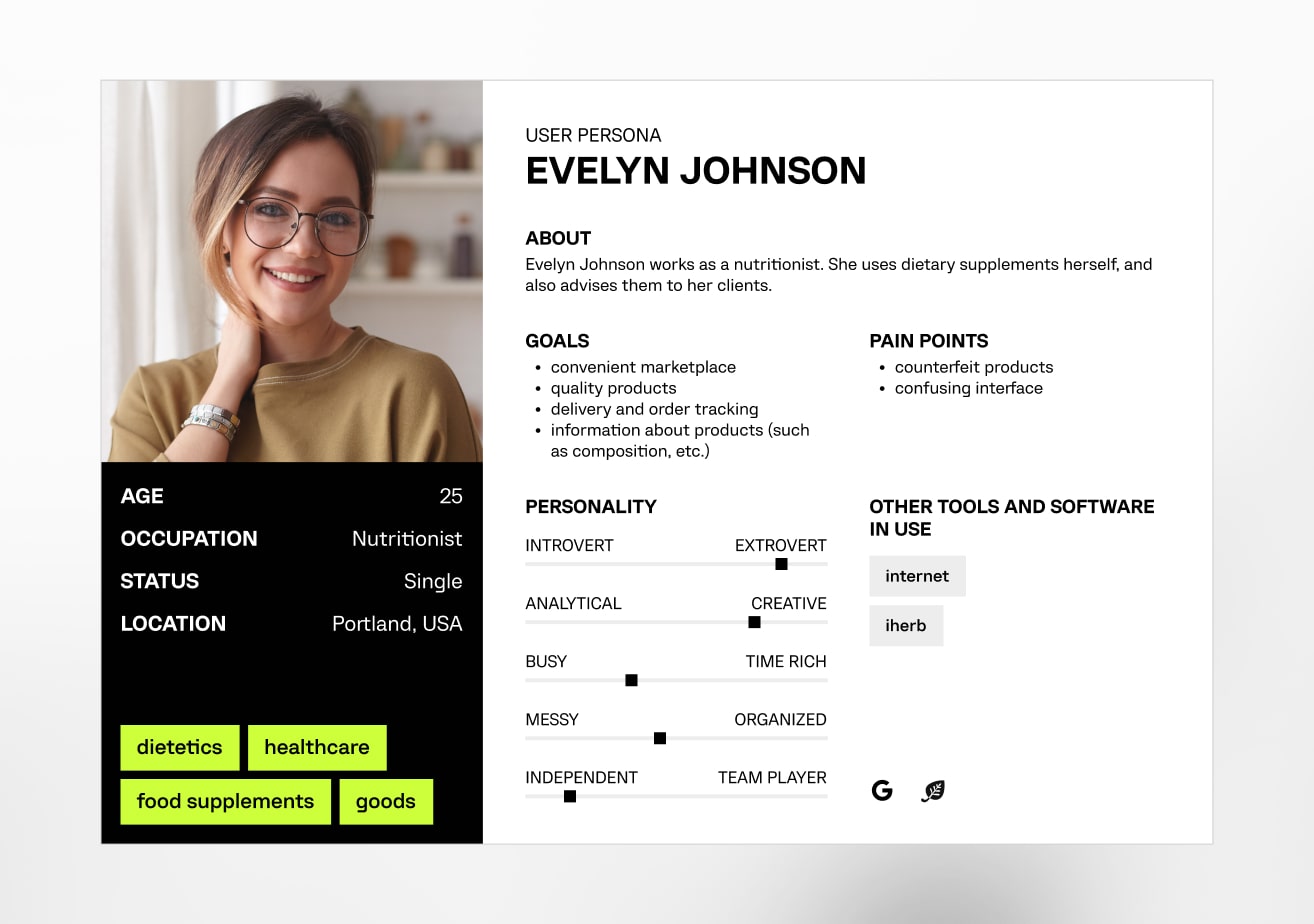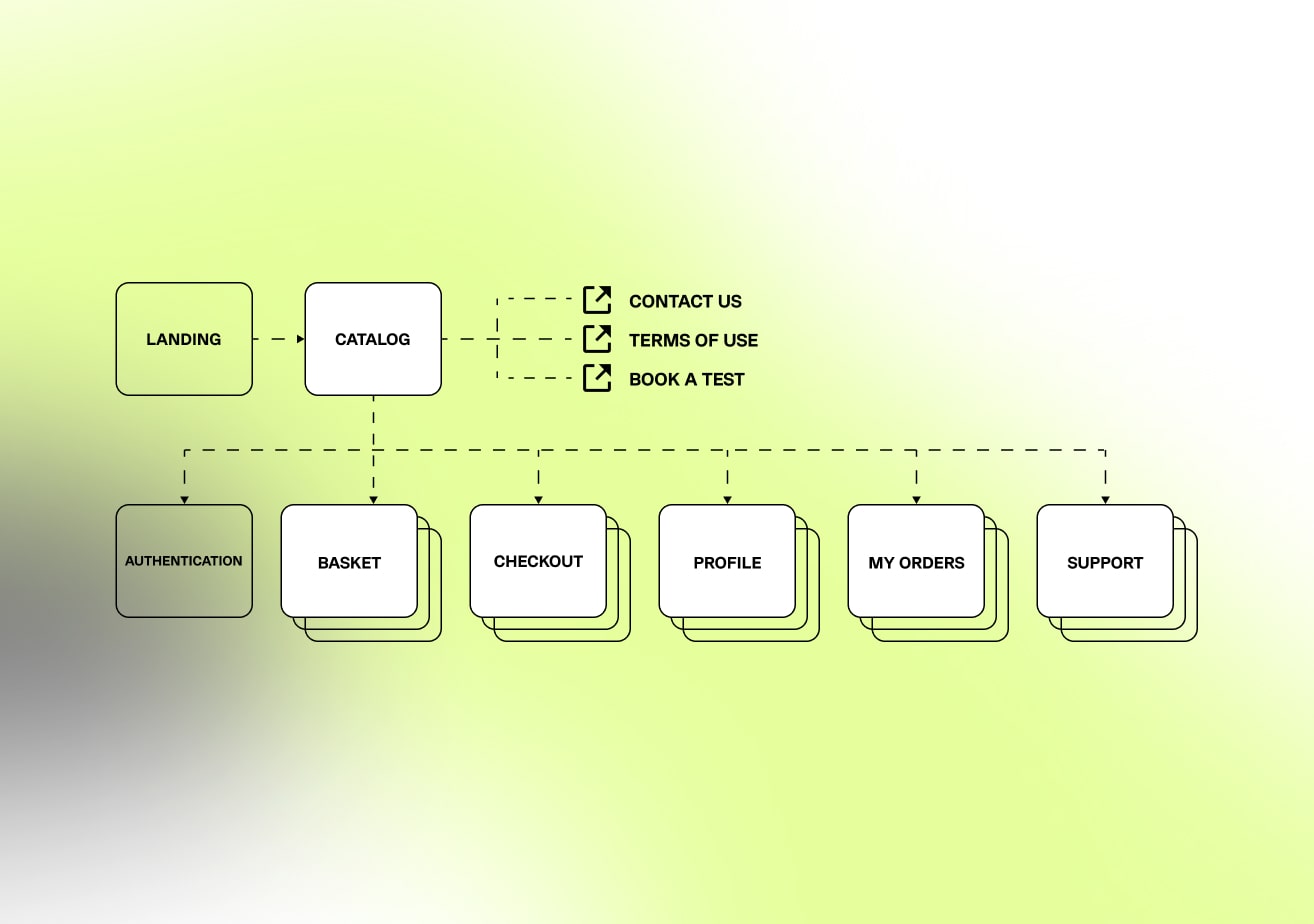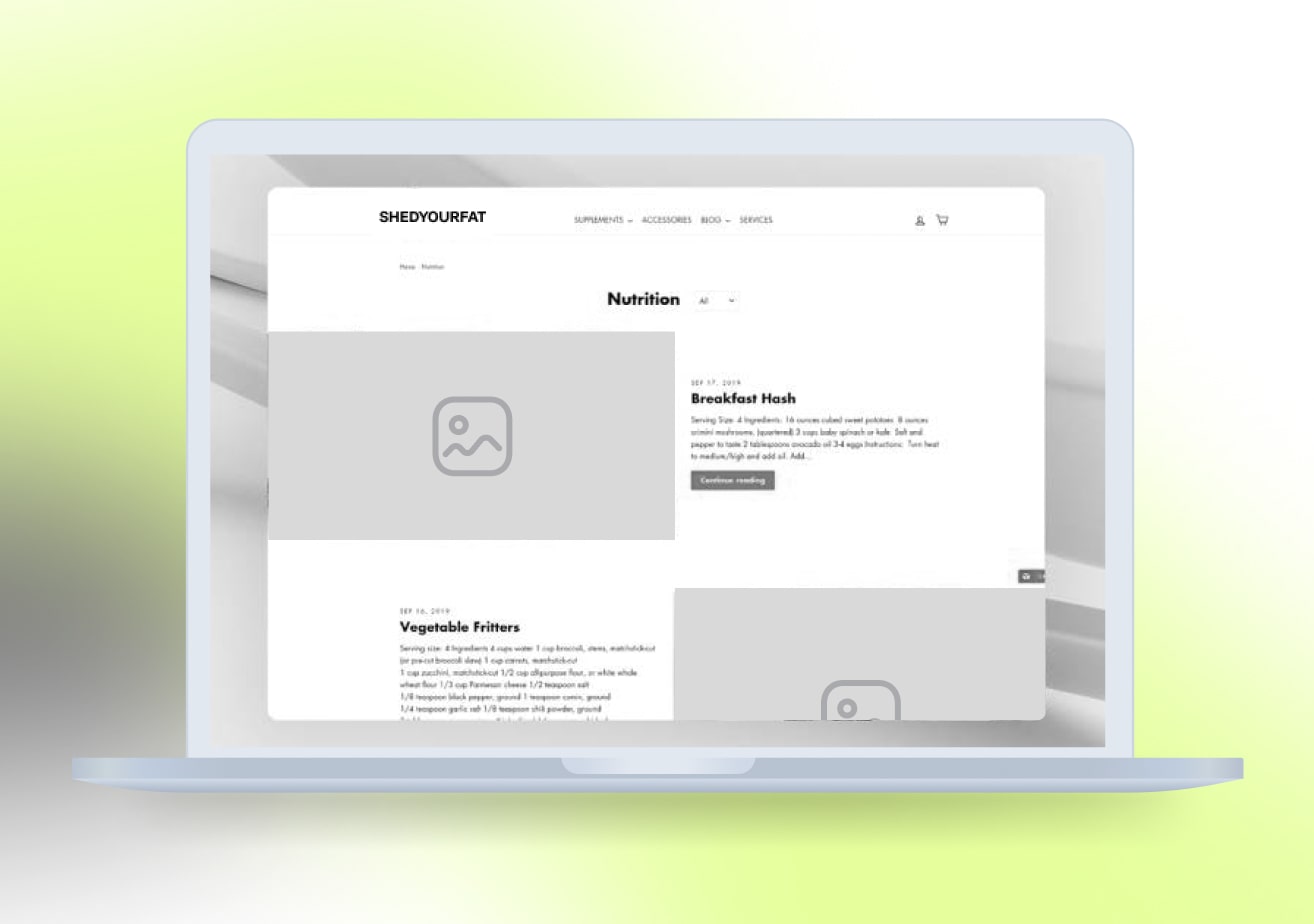Get in touch →
- Services
- Capabilities
- Industries
- Clients
- Approach
- About Us
- Blog
- EN
- Menu Item
- Get In Touch
-25%
+15%
+10%
Contact Computools' experts to learn what we can do for your business!
Contact us →PHP
Hypertext Preprocessor (PHP) is a general-purpose programming language originally designed for web development. PHP runtime executes any PHP code in a requested file, usually to create dynamic web page content or images used on websites or elsewhere.
WooCommerce
WooCommerce is an open-source e-commerce plugin for WordPress. It is designed for small to large-sized online merchants using WordPress. It is an easy toolkit for selling anything online. The great thing about WooCommerce and its POS is that it is regularly updated and very secure. Since it is updated regularly, it will always be compatible with newer versions of WordPress and will not experience a lot of bugs.
MySQL
MySQL is an open-source relational database management system (RDBMS). MySQL includes solid data security layers that protect sensitive data from intruders. Rights can be set to allow some or all privileges to individuals. Passwords are encrypted. MySQL can handle almost any amount of data, up to as many as 50 million rows or more.
WordPress
WordPress is a content management system (CMS) based on PHP and MySQL that is usually used with the MySQL or MariaDB database servers but can also use the SQLite database engine.

Nikita Abelmasov

Vitaly Kononenko

Artem Karpukhin

Kyrylo Horokhov

Daria Holowan

Igor Tsurikov

Mariia Boborova

Sergei Shmatov

Valeriy Panchenko

To make the project a success, we chose engineers with the most appropriate expertise and experience from Computools’ talent pool.
Discussing the results of the previous sprint, planning the next sprint, defining tasks and deadlines.
Using various communication channels, such as meetings, email, messengers, project management systems.
Using Scrum enables the generation of the required methodology for simply developing complex products. The software team receives real-time input and feedback from the customers, and using this, they can constantly update the system as and when required. Scrum encourages teams to learn through experiences, self-organise while working on a problem, and reflect on their wins and losses to continuously improve.
CONSULTING
Product DESIGN
Product Engineering
Launch
Design development was carried out according to the established plan and schedule. Basic UX/UI development was done at the prototyping stage. In the future, during development, the necessary functions and application options will be added.

A representation of a typical user of a product or service

A visual representation of the structure and organisation of a website

Low-fidelity sketches of a website or application that show the layout and content

The visual elements of a product or service that a user interacts with